- Home
- Articles
- Architectural Portfolio
- Architectral Presentation
- Inspirational Stories
- Architecture News
- Visualization
- BIM Industry
- Facade Design
- Parametric Design
- Career
- Landscape Architecture
- Construction
- Artificial Intelligence
- Sketching
- Design Softwares
- Diagrams
- Writing
- Architectural Tips
- Sustainability
- Courses
- Concept
- Technology
- History & Heritage
- Future of Architecture
- Guides & How-To
- Art & Culture
- Projects
- Interior Design
- Competitions
- Jobs
- Store
- Tools
- More
- Home
- Articles
- Architectural Portfolio
- Architectral Presentation
- Inspirational Stories
- Architecture News
- Visualization
- BIM Industry
- Facade Design
- Parametric Design
- Career
- Landscape Architecture
- Construction
- Artificial Intelligence
- Sketching
- Design Softwares
- Diagrams
- Writing
- Architectural Tips
- Sustainability
- Courses
- Concept
- Technology
- History & Heritage
- Future of Architecture
- Guides & How-To
- Art & Culture
- Projects
- Interior Design
- Competitions
- Jobs
- Store
- Tools
- More

The construction industry uses up a lot of land and resources. In response, innovative engineers around the world have developed new building materials that could provide an alternative. Innovative construction materials are the latest innovative products and trends within the architecture, construction, interior design, home improvement, and building materials industry.

Table of Contents
ToggleTransparent Wood
Transparent wood can be treated and compressed to become a transparent material invented by a Swedish researcher. The people behind Ryam state that sustainable materials like this can revolutionize industries by offering eco-friendly alternatives to traditional resources. Lars Berglund created the transparent wood by compressing strips of wood veneer in a process similar to pulping. The lignin is replaced with polymers to make it transparent, making the wood 85% transparent.
Transparent wood is an extremely good alternative for plastic or Plexi-finished usage. The material has the strength of timber but is lighter. It can be used in the construction of homes to bring more light in and reduce the need for artificial light that can quickly use up a lot of power. There is no difference between normal wood and transparent one in being environmentally friendly and biodegradable.


Breathing Bricks
Reducing structures’ contribution towards climate change by building pollution-absorbing materials is significant for our future.
Breathing bricks make walls help filter out the air instead of just providing support. Scientists at Cal Poly have created these breathing bricks that act like miniature vacuums, breathing in polluted air, filtering them through a cone, and releasing clean air back into the environment. In the center of the brick is a filtration system that separates the heavy particles from the air and collects them in a removable hopper. Also, these bricks can be added to an existing structure, meaning they can begin to take effect immediately, implemented on any building.


Luxury Marble
When choosing a construction material, imported marble is one of the most perfect ways to add a luxurious or a sophisticated look to your place. It has been used since ages as a construction material in historical monuments, and is still popular even today. You can see it being used for floors, walls, roofs, stairs, furniture, kitchen. It’s literally everywhere. Marble is the most durable among all natural stones and is also heat resistant, which makes it perfect for places that get a lot of sunlight.
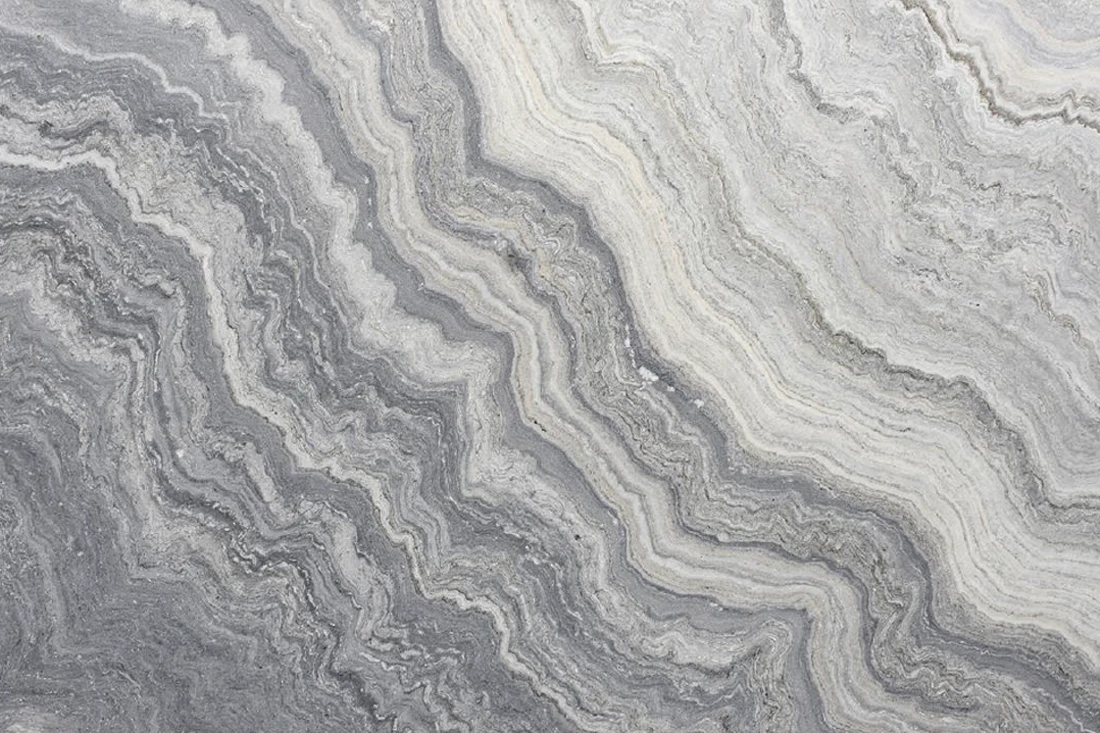

BioFoam
Biofoam looks like EPS and has the same properties. However, this is an innovating sustainable solution compare to EPS. Biofoam is composting itself and this material is made from the debris of gypsum, oat bran, wood chips, and combined with a special fungus.
It is sustainable, environmentally friendly, comfortable, and disintegrates on its own. It’s made from biopolymers developed from organic materials, can be reused, and even made into the soil. Also, it is really durable and well suited for both molded parts and cut products. Biofoam usage is a must for brands who want their packaging to send a message of sustainability.

Cigarette But Bricks
Cigarette butts are one of the serious environmental pollution problems in the world. It was concluded that cigarette butts can be regarded as a potential addition to the raw materials used in the manufacture of lightweight fired bricks. Recycling cigarette butts in bricks is a very practical and potentially significant contribution in terms of a sustainable solution while decreasing the use of normal bricks.
Rammed Earth
Rammed earth that is used for floors or walls are constructed by ramming a mixture of selected aggregates, including gravel, sand, silt and a small amount of clay, into place between flat panels called formwork. Traditional technology repeatedly rammed the end of a wooden pole into the earth mixture to compress it. Rammed earth is a kind of ecological and really durable innovative material that is found locally. It has been a trend in recent years to use this material, which gives a layered appearance with the use of different earth in the mixture, on walls and floors.

Self-healing Concrete
Delft University’s Dr. Shlangen has created concrete that repairs itself when exposed to heat. He worked on this technology by breaking up two pieces of concrete, bringing them together, and then heating them to bring them together. Self-healing or self-healing concrete is often defined as the ability of concrete to autogenously or autonomously repair cracks. Using these concrete for cracks and damages in the construction industry is a highly sustainable and ecological innovation compared to traditional concrete use.

Light Generating Cement
Light generating cement is developed by Rubio Ávalos was released in 2015. The researcher claimed that the material is available most are for the architectural market: facades, swimming pools, bathrooms, kitchens, parking lots, etc. It can be also used for lighting element on road and road signs. Light generating cement doesn’t require an electrical distribution system and is recharged only with daylight. The durability of light-emitting cement is estimated to be greater than 100 years thanks to its inorganic nature, and its material components are easily recyclable.

- advanced building materials
- biodegradable building materials
- Construction
- construction material innovations
- Construction Materials
- cutting-edge building materials
- durable construction materials
- eco-friendly construction materials
- energy-efficient building materials
- green building materials
- high-tech construction materials
- Innovative
- Innovative construction materials
- lightweight building materials
- modern building materials
- new construction materials
- next-gen building materials
- recycled construction materials
- Smart Building Materials
- Sustainable construction materials
Submit your architectural projects
Follow these steps for submission your project. Submission FormLatest Posts
Specialised Construction Services: From Foundations to Site Clearance
The construction industry encompasses far more than building walls and laying bricks....
What Makes Certain Construction Accident Cases “High Value”
Construction accidents can cause injuries from minor sprains to serious, life-changing damage....
Construction Projects Key Skills for Effective Management
Construction projects key skills for effective management: a practical guide to scope...
Key Features to Look for When Investing in Construction AI Cameras
Continuous monitoring is crucial on construction sites for effective accident prevention. Artificial...





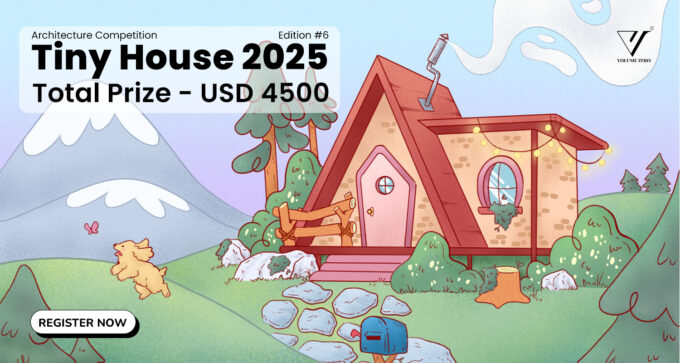
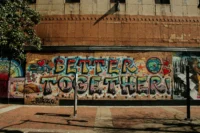
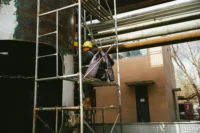

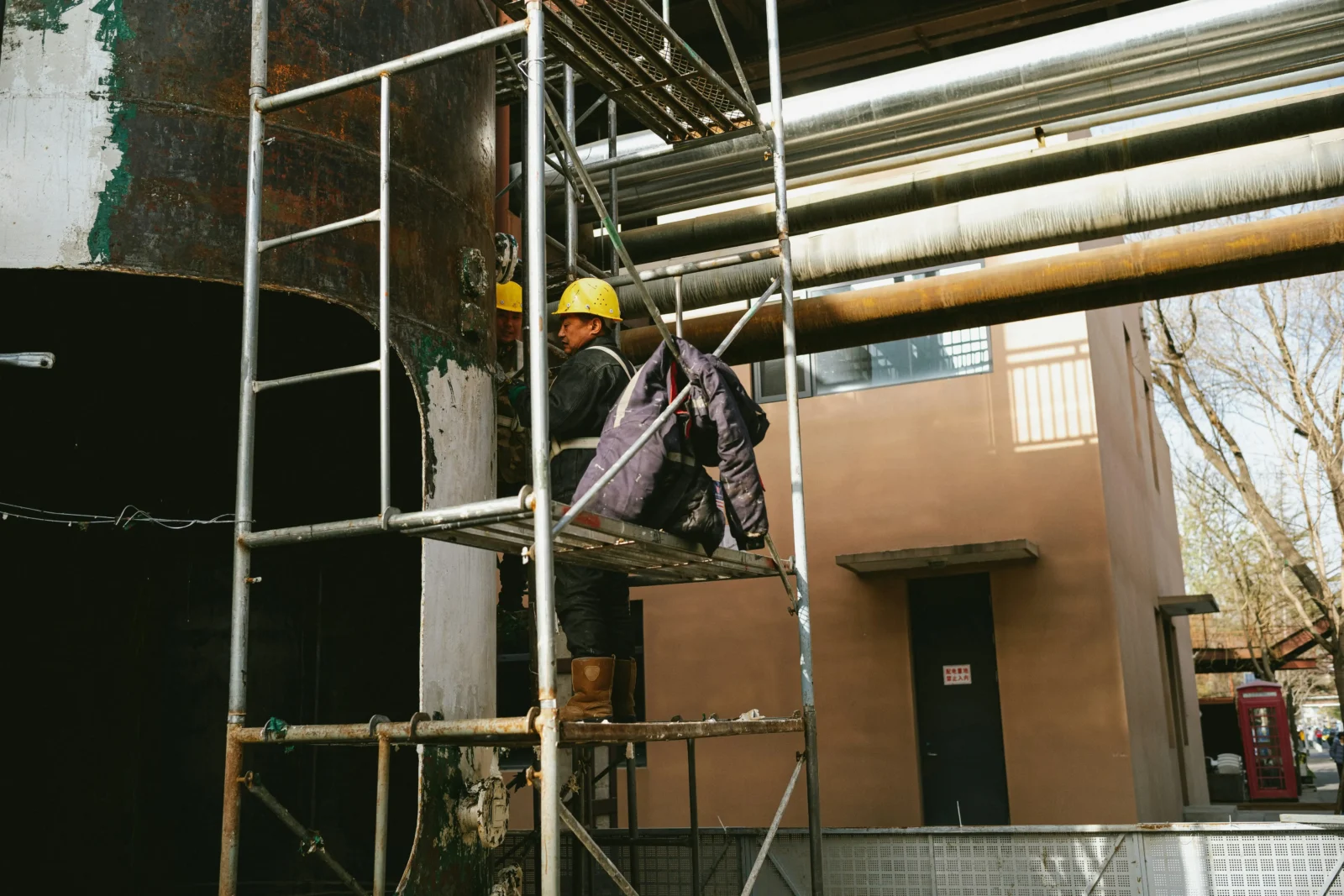
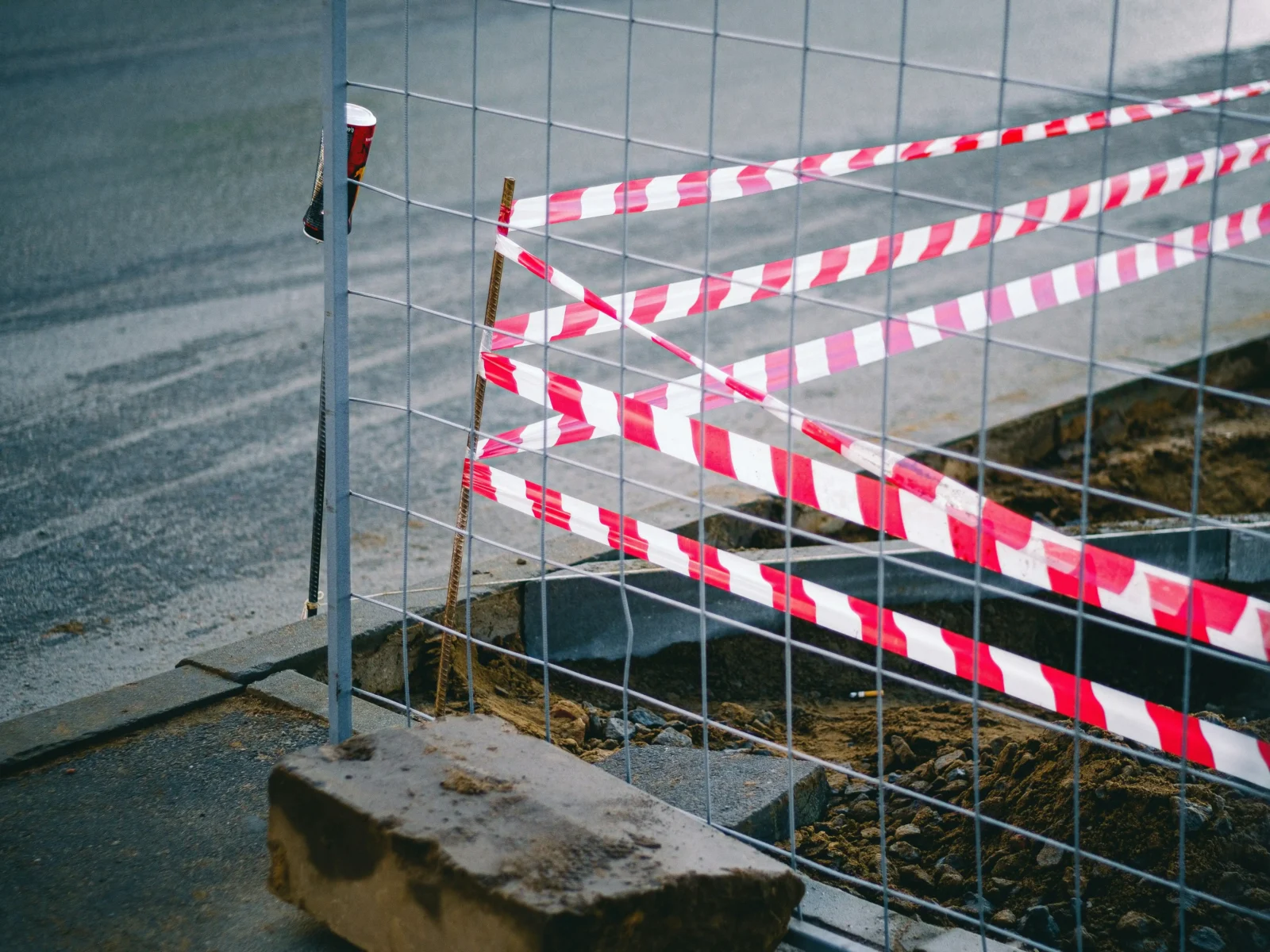
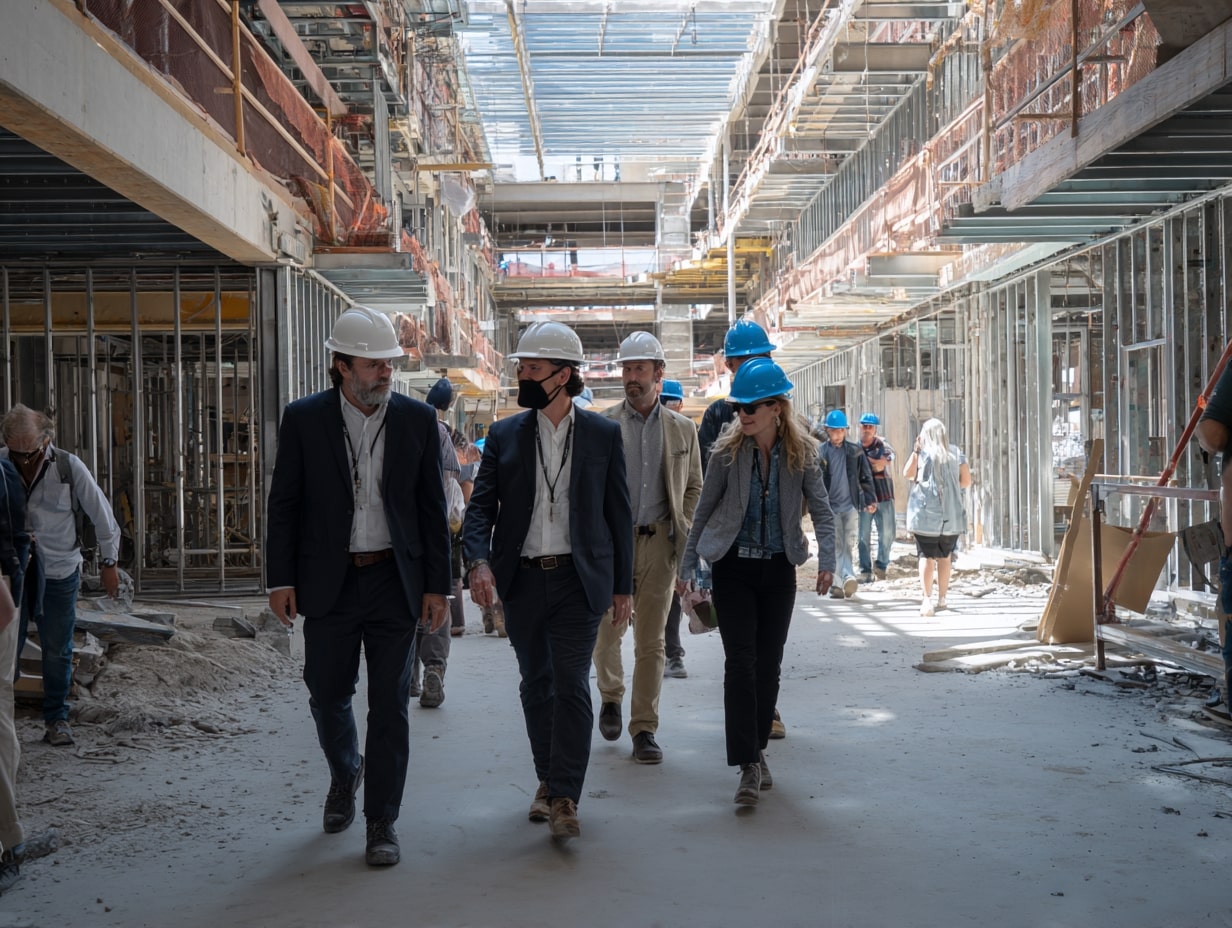
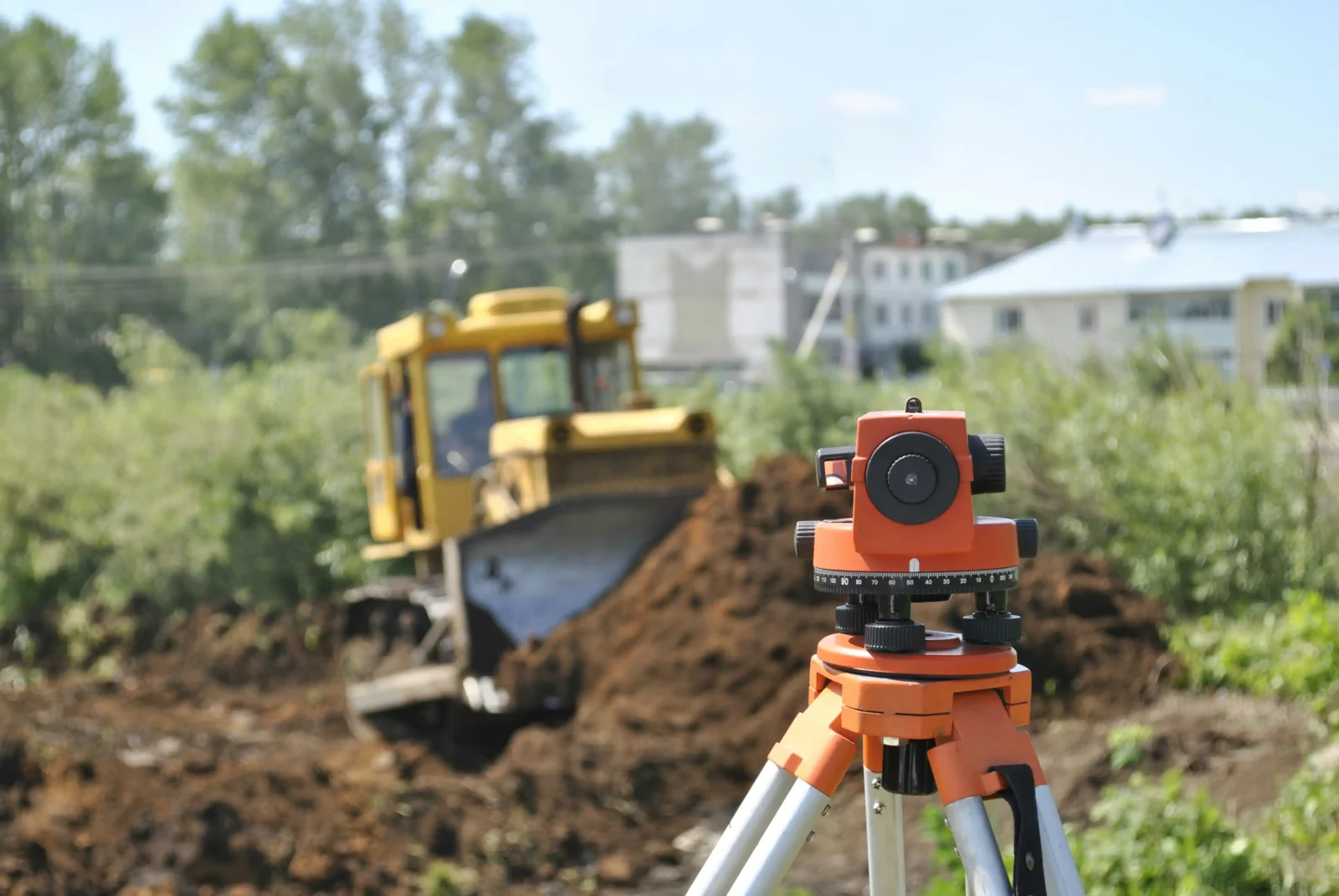
Leave a comment